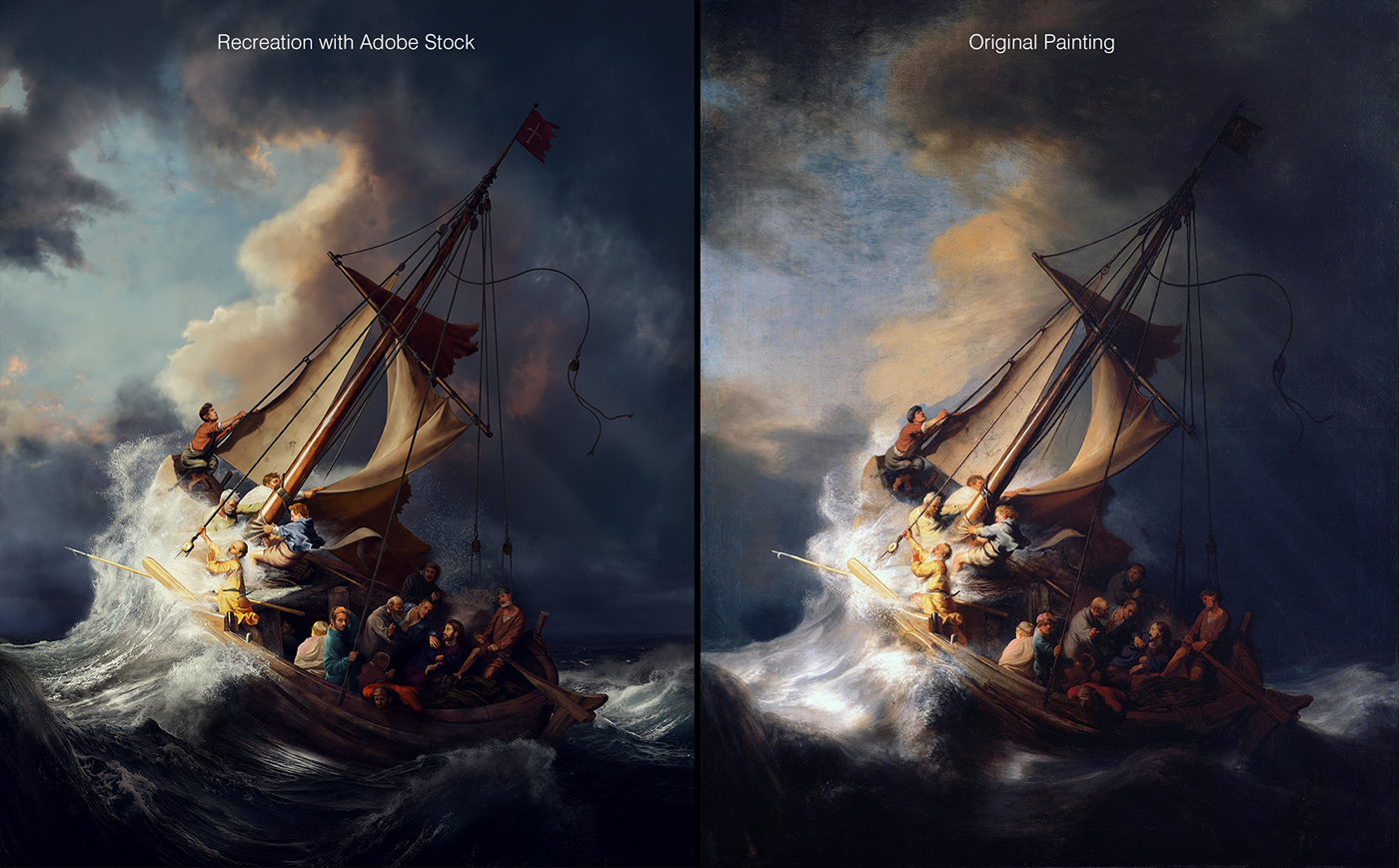
Given the importance of attributions, the sale of sleepers has given rise to heated disputes as well as excitement in the market. Experts may legitimately reach different conclusions based on the same evidence, however, and attributions come and go over time. A sleeper is an object that has been wrongly attributed and/or undervalued through an oversight of an expert and consequently undersold. This is a particular phenomenon with Old Masters given the passage of time since they left the artist’s studio. Often artworks that pass through many hands remain undiscovered. It is now re-attributed to Canova and offered for sale during Christie’s upcoming “Classic Week” with an estimate of £5million to £8million. It was sold again in 1959 and the late 1960s as a sleeper. The sculpture was no longer recognised as by Canova in a 1938 auction of the manor house and its contents. Its attribution to Canova appears to have been lost around 1920 when it was acquired through the sale of a manor house which was destroyed by a fire. Interestingly, Christie’s first offered the sculpture for sale in 1852. When they suspected they might have a “sleeper” in their garden, they instructed an art adviser to find out more about the sculpture. A British couple purchased the white marble figure of Maddalena Giacente at a garden statuary auction in Sussex, England, for £5,200. The sale proceeds will help the family pay for the 90-year-old owner’s care.Ī long-lost sculpture of Italian master Antonio Canova was discovered only a few months earlier. It has now sold for £255,000 at Dawsons Auctioneers. During a routine valuation, the oil painting depicting the Madonna and Child was attributed to Filippino Lippi, a pupil of Botticelli. The family had no knowledge of the painting’s history or value. Her family were in the process of selling the bungalow and its contents when they came across the painting. A 15th-century Italian master was discovered in the home of a 90-year-old woman, who had inherited it from her father more than 30 years ago. On their five mile steamboat ride up the Thames from Chelsea to London Bridge, they comment on their surroundings: The river was wrapped in a delicate grey haze with a golden sub-tone, like a.

This dream has come true for a north London family. In A Lost Masterpiece the narrator is the picture of conversion from country life to city lifefull of optimism for a bright and better future. There was so many twists and turns, so many small but fantastic stories within the bigger story.Have you ever wondered whether the dusty painting in your attic or sculpture in your garden might be worth a fortune? For many of us, the dream is to find a long-lost masterpiece. Koefoed’s mission: “To tell this incredible story of how this painting that was discovered in 2005 - just 12 years ago! - was now the most expensive painting. The Story of Brian Wilsons Lost Masterpiece by Dominic Priore and a great selection of related books, art and collectibles available now at. “We started in early 2018,” Koefoed said in slightly accented English over the phone, “a few months after the Christie’s auction when ‘Salvatore Mundi’ (Latin for ‘Savior of the World’) was sold to (Saudi Arabia’s) Mohammed bin Salman and had become the world’s most expensive painting ever.” Andreas Koefoed (Director of THE LOST LEONARDO). The answer, as Danish documentarian Andreas Koefoed makes mesmerizingly clear in “The Lost Leonardo,” involves an intriguing bunch: art historians, art critics, Saudi’s big bucks ruler, London’s National Gallery, the Louvre, a discredited Swiss art dealer and, surprisingly, the CIA and FBI. How does a damaged Old Masters painting purchased for $1,100 end up being declared “The Lost Leonardo,” a painting of Christ by Italy’s Renaissance master Leonardo da Vinci, and sell for $450 million?


 0 kommentar(er)
0 kommentar(er)
